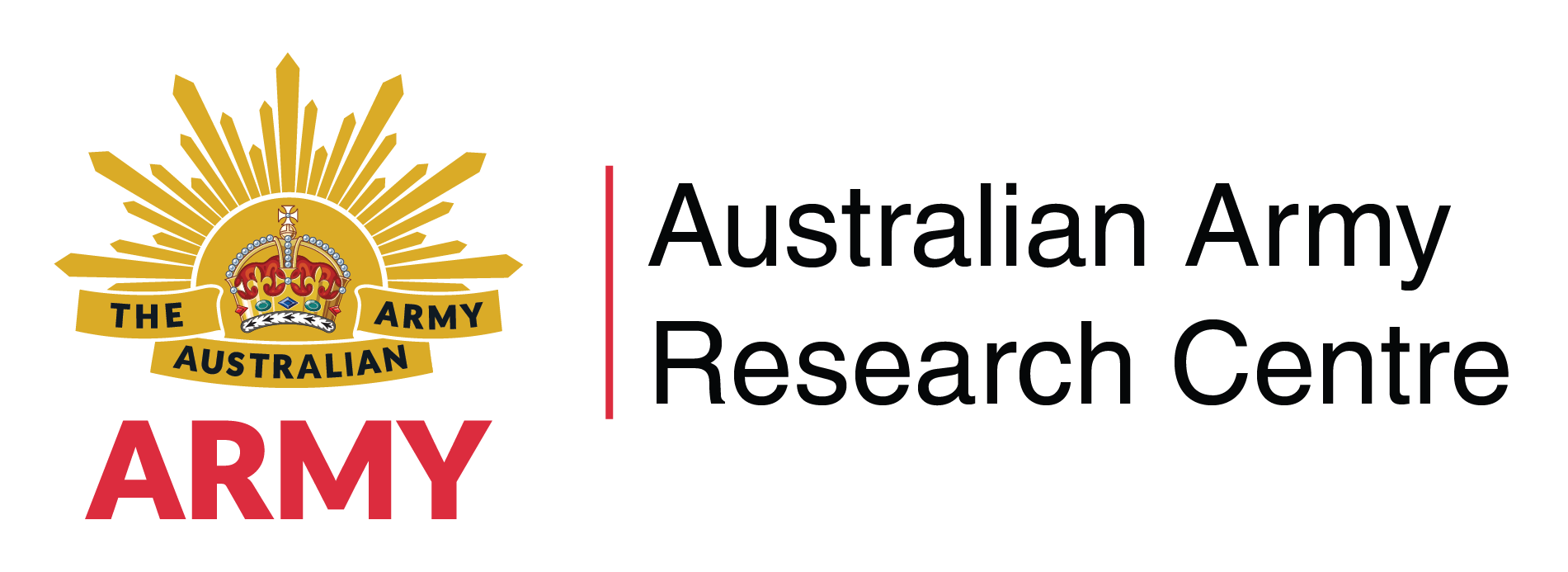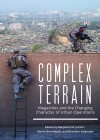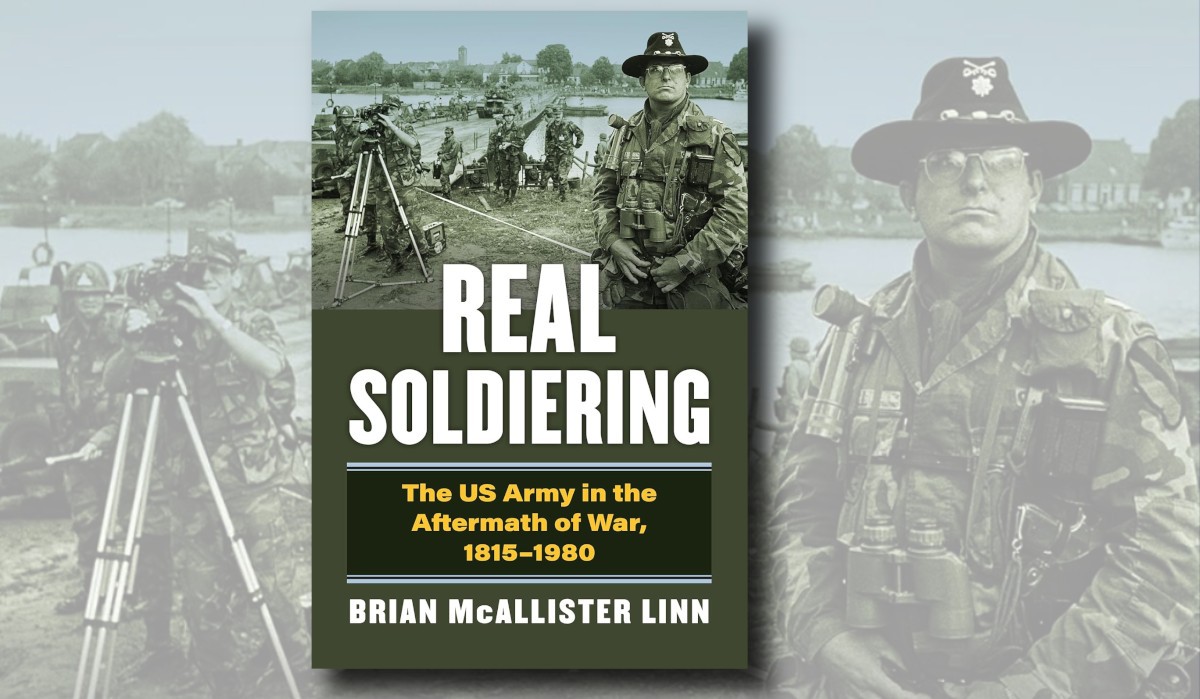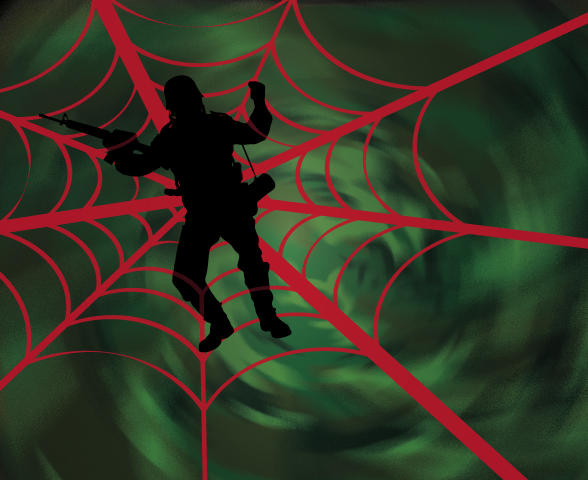Megacities and the Changing Character of Urban Operations
Marine Corps University Press, Quantico VA, 2019, 400 pp
ISBN 978016095344
Editors: Benjamin M. Jenson, Henrik Breitenbauch, and Brandon Valeriano,
Reviewed By: Shaun Cameron
The Gray Scholars Program[1] was developed by the Marine Corps University as a student-led initiative to explore the future of war and encourage debate within the professional military education community. The second cohort of students participating in the program worked with the US Army Future Studies Group to consider the challenges posed by conflict in dense urban terrain; the result of their pursuits is Complex Terrain: Megacities and the Changing Character of Urban Operations.[2] This edited volume brings together thirteen academics and military professionals to consider the future of military operations in megacities (those cities with a population of 10 million or more) and the underlying sociopolitical and strategic factors that will influence future war in this environment.
Urban conflict has been described as the most difficult form of conflict[3] and the variety of approaches taken to the topic by contributors starts to showcase this complexity. The book begins with a member of the Pakistani Marines outlining the rise of militant and other non-state actors in the city of Karachi from the 1990’s. The difficulties faced by the Pakistani Army in maintaining security and stability are discussed. He concludes that a hybrid military-police model may be most effective with further lessons available from the discipline of criminology.
Chapter two draws military lessons from policing methodologies by drawing on case studies from riots in Los Angeles (1992) and Paris (2005-6). The value of knowledge held within local law enforcement agencies when responding to domestic instability can be leveraged by militaries in the urban environment. This can include intelligence, logistics, and manoeuvre considering the social, physical, and economic boundaries and human terrain of a city.
The 2008 battle for Sadr City during the US surge in Iraq provides the basis for chapter three which discusses the use of armour and methods for limiting the freedom of movement of an adversary. In this regard, the construction of a 12-foot-tall, 4.6km barrier through the city denied insurgents access to one of Baghdad’s largest markets (a primary source of revenue) and deprived it of a previously unfettered city thoroughfare. This strategy drew the enemy into combat, with the employment of armour alongside ground troops contributing significantly to the US’ capacity to withstand IED and RPG attacks.
Several chapters apply unique analytical methods to characterise the nature of megacities. For example, the author of chapter four employs urban design theory to conceptualise the city as a system of metabolic flows. Elsewhere, chapter ten draws from biology to outline how a megacity represents an interdependent ecosystem to its inhabitants. These methodologies help demonstrate how military forces must protect the flow of resources to the civilian population while combating invasive predators (non-state actors) present in the ecosystem who wish to exploit those resources.
Some chapters take a more conventional analytical approach, with most authors drawing on discrete case studies to support their conclusions about the complexity of urban warfare. In chapter seven, for instance, a major from the US Army uses the 2006 Israel-Hezbollah War to illustrate how a lack of intelligence coordination, ineffective information operations, and a military tendency to prioritise air power and technological capability over land force development, can lead to failure once urban warfare commences. This chapter also uses French operations in Mali in 2013 and the 2008 Battle for Kismayo as the basis to discuss operational matters such as fire and manoeuvre and joint capability, both useful topics for leaders on the ground. Chapter eight describes how planners and participants in the 2008 Mumbai attack and the 2014 Hong Kong protests utilised cyberspace to mobilise and converge.
Not all chapters focus on discrete case studies; some authors apply a broader historical perspective in their analysis of urban operations. For example, in chapter nine, a Foreign Service Officer provides a historical study of siege warfare from the Siege of Masada in 73AD, concluding that megacities are particularly vulnerable to losing external supplies such as food and water. Here the author argues that the history of siege warfare over the last 2000 years demonstrates how insider treachery, psychological warfare, and tunnel construction have been driving factors in breaking many city sieges. Chapter eleven describes the effectiveness of air power in supporting the Japanese invasion of Singapore in World War II, and the potential use unmanned systems into the future. Chapter twelve elaborates on how online connectivity and information networks must be protected in megacities to preserve systems of governance, economic productivity, and to inform the populace, while chapter thirteen outlines a triangle of dimensions in urban operations: combat, peacekeeping, and special operations.
In sum, Complex Terrain provides a varied discussion of challenges, opportunities, and lessons from the past to guide modern militaries in the application of war in dense urban environments. While the range of contributors was likely limited to participants on the Program, by bringing together of professionals from so many fields and backgrounds the book presents novel ideas and methods of analysis.
It is unfortunate for Australian or other Indo-Pacific readers that the volume contains little discussion of the urban littoral. The Australian Army Contribution to the National Defence Strategy 2024[4] directly outlines mass urbanisation in the littoral as a factor that will shape Army’s adaptation to future conflict and the changing character of warfare. While chapter seven uses a 2012 amphibious assault by Somali forces against the terrorist group al-Shabaab as a case example, discussion of littoral warfare is generally lacking. This is particularly salient given that five contributors represented the US Marine Corps, and a number of chapters referenced the work of Kilcullen and his conclusion that littoralisation is an ongoing trend of the urban environment.[5]
Within the book, analyses and case studies generally focus on conflict between state and non-state actors (perhaps a by-product of available case studies in recent history). As a result, there is relatively little discussion of urban conflict between near-peer adversaries whereby each force can employ advanced military equipment, emerging technologies, and trained combat forces. Such situations potentially require different tactics to those used when combatting an insurgency. Analysis of such scenarios will be essential for brigade and divisional war planners looking to a future where technological superiority over an adversary cannot be presumed. This shift will likely further influence the instruction of manoeuvre warfare at arms schools and military colleges.
Despite some points of critique, Complex Terrain offers plenty of food for thought. The city environment is both a multi-dimensional complex battlespace and an environment millions of civilians call home. Any effort to take and hold urban territory must therefore consider how civilians can continue their way of life both during conflict, and following its cessation. Further considerations include how security can be maintained, particularly in the face of ongoing pockets of insurgency and resistance. Interdisciplinary approaches will be useful, not only to inform approaches to warfare, but also to support the ongoing stability of city ecosystems recovering from the trauma of conflict.
At one level, the concepts considered in this volume showcase the complex nature of what von Clausewitz described as a military’s ‘centre of gravity’.[6] But, rather than denoting characteristics unique to the military, in Complex Terrain the term has broader connotations. As the strategist Lawrence Freedman has observed that, in the modern city, this ‘centre’ is unlikely to exist solely in a collection of buildings or key facilities; information and culture networks are equally important.[7] It follows that, when they are involved in urban conflict, militaries must apply non-kinetic strategies (such information operations, cyber, and psychological warfare) and remain cognisant of their relative impact on civilians and foes alike. Ultimately, the strategies applied during warfare will determine the magnitude of the task entailed in re-establishing critical infrastructure, information networks, and systems of local governance once the conflict is over. They will also help determine whether the ashes of one conflict germinate the seeds of community discontent that fuel the next.
Endnotes
[1] Benjamin M. Jenson, “Diverging From the Arbitrary: The Gray Scholars and Innovation in the U.S. Marine Corps,” War on the Rocks, August 1, 2018, https://warontherocks.com/2018/08/diverging-from-the-arbitrary-the-gray….
[2] Benjamin M. Jenson, Henrik Breitenbauch, and Brandon Valeriano, eds. Complex Terrain: Megacities and the Changing Character of Urban Operations (Marine Corps University Press, 2019).
[3] John Spencer, “The Eight Rules of Urban Warfare and Why We Must Work to Change Them,” Modern War Institute, 1 December, 2021, https://mwi.westpoint.edu/the-eight-rules-of-urban-warfare-and-why-we-m….
[4] The Australian Army Contribution to the National Defence Strategy 2024 (Commonwealth of Australia, 2024), 26.
[5] David Kilcullen, Out of the Mountains: The Coming Age of the Urban Guerrilla (Oxford University Press, 2013), 28.
[6] Carl Von Clausewitz, On War (Wordsworth Editions, 1997).
[7] Lawrence Freedman, The Transformation of Strategic Affairs (International Institute of Strategic Studies, 2006), 11.



